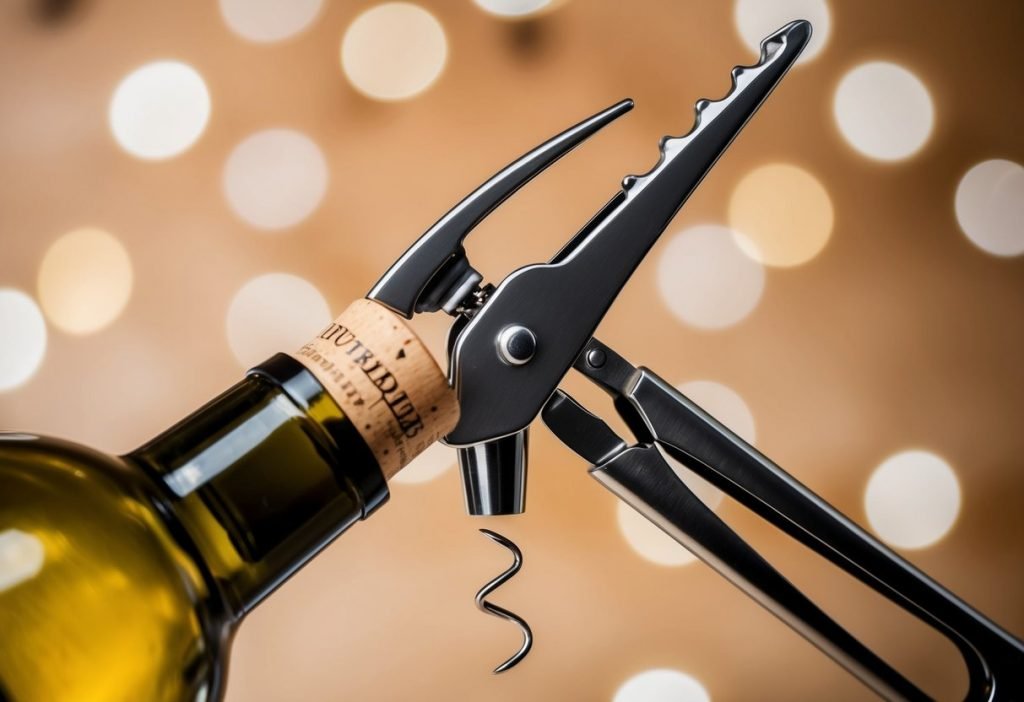Wine enthusiasts often share a common curiosity about alcohol by volume (ABV) levels. ABV indicates the percentage of alcohol in a wine, which can significantly influence its flavor profile, aroma, and overall drinking experience. Understanding these levels helps consumers make informed choices tailored to their preferences.

The range of ABV in wines typically falls between 8% and 15%. Wines with lower ABV are often lighter, while those with higher ABV can be bolder and more intense. Grasping these basics allows for smarter selections whether one is pairing a perfect bottle with dinner or simply enjoying a casual glass.
By exploring the implications of different ABV levels, readers will gain insights that enhance their appreciation of wine. This knowledge empowers them to select wines that align with their taste preferences and occasions, making each tasting experience more enjoyable.
Fundamentals of Wine ABV

Wine Alcohol By Volume (ABV) is a crucial metric that indicates the strength of a wine. Understanding ABV helps consumers make informed choices about their wine selections.
Defining ABV
Alcohol By Volume (ABV) is a standard measure used worldwide to quantify the amount of alcohol (ethanol) in beverages. It is expressed as a percentage, representing the volume of alcohol compared to the total volume of liquid.
In wine, a typical ABV ranges from 8% to 15%. Lighter wines, such as some Rieslings, may have lower ABV, while big reds, like Cabernet Sauvignon, often reach higher percentages.
ABV impacts flavor and mouthfeel. A higher ABV usually results in a fuller taste and can enhance the perception of heat on the palate.
Understanding ABV in Wine vs. Other Beverages
ABV varies significantly across different types of beverages. For example, beers generally have an ABV of 4% to 6%, much lower than many wines. Spirits, on the other hand, possess higher ABVs, typically between 20% and 50%.
This difference matters for consumption. Wines with higher ABV can lead to quicker intoxication compared to lower-ABV beverages.
Consumers should consider ABV when pairing wine with food or selecting bottles for specific occasions. Understanding these differences assists in making more suitable choices based on personal tolerance and preferences.
Factors Influencing Wine ABV
Wine alcohol by volume (ABV) is determined by various factors. Key influences include grape variety, the fermentation process, and the specific climate and terroir where the grapes are grown. Each element plays a significant role in shaping the final alcohol content of the wine.
Grape Variety and Ripeness
Different grape varieties naturally contain varying sugar levels, which directly impacts the potential ABV. For instance, Cabernet Sauvignon typically has higher sugar concentrations compared to Pinot Noir.
Ripeness is crucial as well; riper grapes contain more sugar, which translates into higher alcohol content once fermented. Grapes harvested at optimal ripeness will generally produce wines with an ABV ranging from 12% to 15%.
Additionally, late-harvest wines often reach higher ABVs due to accumulated sugars. Choices made during viticulture practices, such as when to harvest, play a critical role in this aspect.
Fermentation Process
The fermentation process directly affects the resulting ABV of wine. Yeast consumes the sugars in the grape juice, converting them into alcohol and carbon dioxide.
The duration and temperature of fermentation can greatly influence the final percentage of alcohol. A warmer fermentation usually leads to a higher ABV due to enhanced yeast activity, while cooler fermentation can result in lower alcohol levels.
The choice of yeast strain also matters; some yeasts are more efficient in converting sugars to alcohol than others. Winemakers often monitor fermentation closely to achieve the desired ABV.
Climate and Terroir
Climate and terroir significantly influence wine production, impacting both grape growth and sugar development. Warm climates tend to produce grapes with higher sugar content, leading to elevated ABV.
In contrast, cooler climates often yield grapes that are lower in sugar and, subsequently, lower in alcohol.
Additionally, terroir—the unique combination of soil, topography, and climate—affects how grapes mature and ripen. This can result in variations in sugar levels, ultimately influencing ABV. Understanding these factors is essential for winemakers aiming for precise alcohol levels in their wines.
Implications of ABV on Wine Experience
The alcohol by volume (ABV) levels in wine significantly influence the tasting experience and food pairing choices. Understanding these implications can enhance enjoyment and appreciation of various wines.
Taste and Perception
ABV affects the overall taste profile of a wine. Higher ABV wines often feel fuller and richer on the palate, potentially overshadowing more delicate flavors. For example, a wine with 15% ABV may present more intense fruit and spice notes compared to a lighter wine with 12% ABV.
Texture also changes with ABV. Increased alcohol content can add warmth and a slightly viscous mouthfeel. Conversely, low ABV wines often exhibit a crisper, more refreshing character, appealing to those who prefer lighter, more agile flavors. Personal preference plays a crucial role in this aspect of wine tasting.
Food Pairing Considerations
ABV influences the selection of food pairings. Higher ABV wines can complement richer dishes, such as grilled meats and hearty stews. The bold flavors of a 14% ABV red can stand up to strong seasonings and sauces.
In contrast, lower ABV wines, typically under 12.5%, pair well with lighter fare, such as seafood or salads. Their refreshing nature can enhance the dish without overwhelming the palate. Recognizing these nuances in ABV can lead to more satisfying dining experiences and harmonious matches between food and wine.



